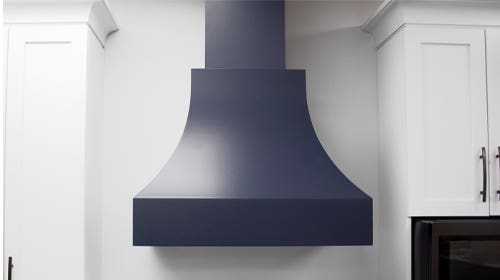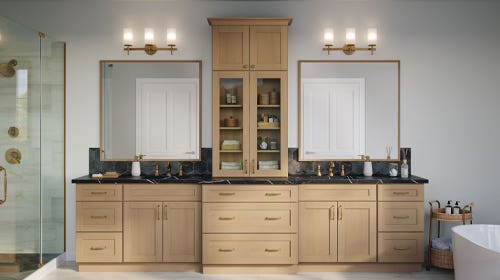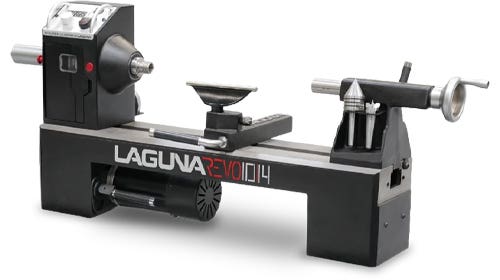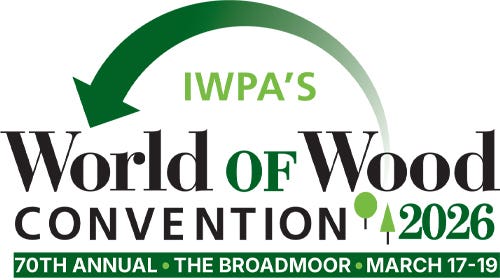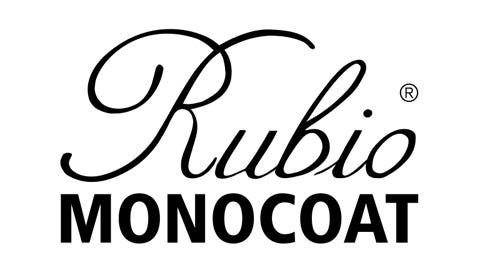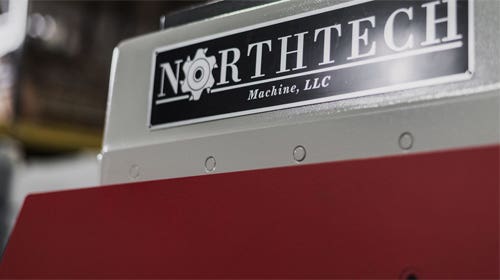Demand shifts to mahogany substitutes
As less expensive and more readily available African hardwoods prove to be sufficient substitutes for genuine mahogany, lumber suppliers are seeing woodworkers’ interest in the latter continue to wane. Genuine…
As less expensive and more readily available African hardwoods prove to be sufficient substitutes for genuine mahogany, lumber suppliers are seeing woodworkers’ interest in the latter continue to wane.
Genuine mahogany (Swietenia macrophylla) grows plentifully in Central and South America, but supplies going to the U.S. have been reduced significantly over the past five years due to export restrictions in certain countries. This lack of availability is driving prices up so high on the small quantities coming in that many long-time fans no longer feel it’s a sound purchase. Instead, they are gravitating to African varieties such as Khaya and sapele, species of different genres that share similar properties and have dark, rich tones close to that found in true mahogany, according to suppliers interviewed by Woodshop News.
“Genuine mahogany has always been the mahogany of preference. It’s got a more even color across the spectrum than the African mahoganies which come in several subspecies. The genuine is a better option because it has more color and more of an even grain, whereas the African mahogany can vary in color. If it wasn’t for the economic aspect of it, I think genuine mahogany will still be the preference because of the overall characteristics of it,” says Fabs Corte of Cormark International in Weaverville, N.C.
On a regular basis, Corte keeps about 5,000 to 10,000 bf of African varieties in stock and only about 3,000 to 5,000 bf of genuine. He says a number of key importers bring in hundreds of thousands of board feet in African, and do a pretty good job of keeping the U.S. supplied where genuine mahogany volumes have dropped.
“I think for a lot of diehards, genuine mahogany is still something that they use but the African is one they’re using more and more. The African species are priced the way genuine used to be over the last three or four years and have become the woods that they expect more than the genuine mahogany.”
Lou Irion of Irion Lumber Co. in Wellsboro, Pa., says genuine mahogany sales are way off at his facility as quantities from some of the better source countries, such as Peru, have declined.
“We still sell the genuine to people where the quality of the lumber is very important to the outcome of the product, but things have changed. There are an awful lot of export restrictions on the South American countries so the quality of lumber that we really liked is not coming in anymore and most of the people that are using mahogany have switched to some of the African trees, like sapele,” says Irion.
Irion says that customers tend to prefer the mahogany coming out of Peru because of its density and darkness, but most of the harvesting operations in that country have been shut down.
“Peru has shut down an awful lot of their export and capacity, so we’re no longer seeing the mahogany, even though we get some out of other South American countries, there are still some differences in it depending on where the species is being grown. We won’t even sell the Central American varieties because it is lighter in color, coarser, and not what our customers are looking for.
“They do want the mahogany that’s very hard to find. We do get it occasionally. We stockpile it. We brought in 80,000 bf from another supplier in the springtime. Supply is down and demand is down, so we’re hurt on both ends.”
Irion currently has a fairly decent inventory, about 25,000 bf of genuine mahogany on hand, but is just not experiencing the sale volumes that he used to. He is, however, noticing an increase in walnut sales which he attributes to customers seeking a domestic, dark hardwood alternative the African substitutes. While he doesn’t deal with the African species at all because his customers claim they lack the same qualities as genuine mahoganies, he still believes the substitutes are a prudent choice for those looking to complete a project in a cost-effective way.
“They just look like mahogany. That’s okay because if all you’re looking for is a dark red wood, it doesn’t matter whether they are or aren’t the real thing. What matters is that they’re a reasonable substitute to genuine South American mahogany.”
Average prices for African varieties sell between $5 and $8/bf, depending on who’s stocking it, the size of their operation, and whether it’s purchased retail or wholesale. Genuine mahogany slabs sell between $9.50 and $12/bf, and more for wider boards.
This article originally appeared in the January 2013 issue.


